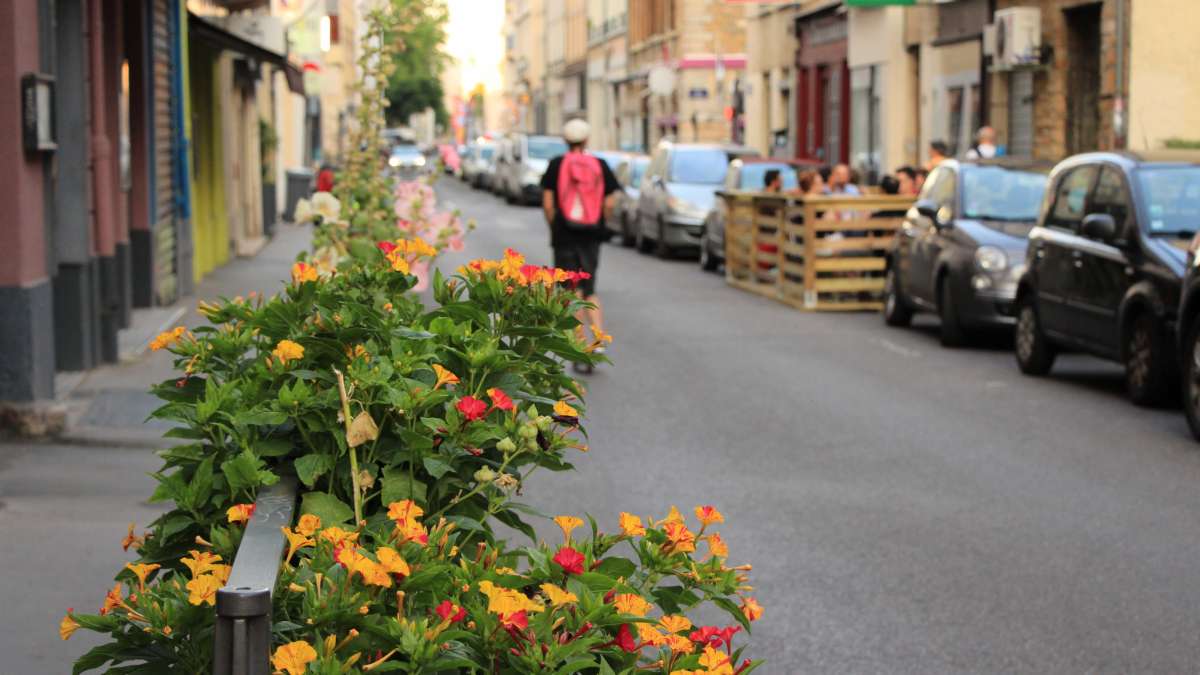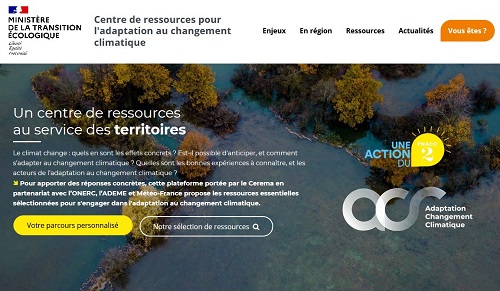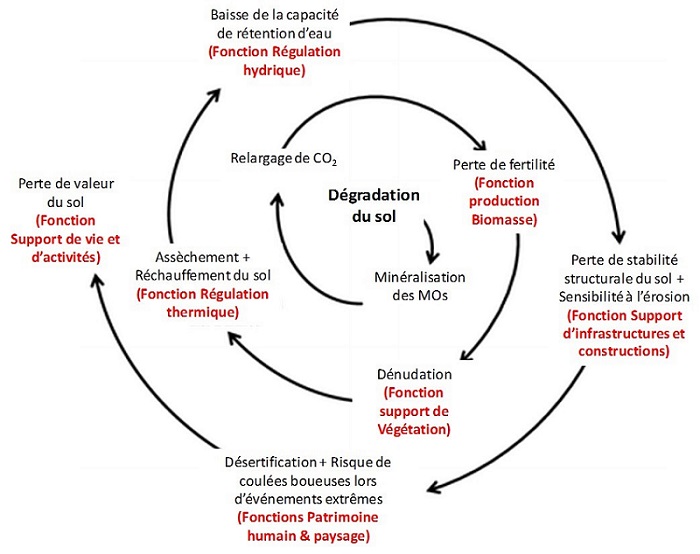This article is part of the folder : Sols et Aménagement
See the 21 news related to this folder
Here, we look back on Cerema’s contributions to the webinar on challenges in soils for sustainable cities, held on 9 and 10 December.
On 9 and 10 December, two webinars were hosted by the environmental engineers and consultants union, focusing on issues around soil management in sustainable cities, and encompassing two main themes: urban regeneration and soils. Four Cerema specialists were there to give a presentation.
CRACC, the resource centre for adapting to climate change

As part of the second National Climate Change Adaptation Plan 2018-2022, Cerema formed CRACC – a resource centre for adapting to climate change – for the benefit of local authorities, in an effort to answer their questions and support them in adapting their regions to these new challenges.
The platform was delivered by Cerema, in partnership with ONERC, ADEME, and Météo-France, and provides vital resources selected to facilitate action in adapting to climate change.
Accordingly, different strategies have been developed by theme, environment, and sector, as well as with a transversal approach. It is also possible to create an entry for each local stakeholder, to encourage everyone to make use of the content on offer.
CRACC also includes a section on soils, which form a vital non-renewable resource.
Soils provide a number of vital services to human kind, and are neither renewable on a human time scale, nor interchangeable, due to their varied properties and characteristics. Sound soil management and preservation are both major issues in encouraging human societies to adapt to climate change.
Soils form the foundation of our food security. They constitute a reservoir of biodiversity. They play a major role in the carbon cycle, as the second largest carbon sink after our oceans. As reserves of water, which is available for vegetation, they also help regulate urban heat islands. The water cycle also depends on soils, through both the balance between infiltration/storage/streaming and their quality.
Soils face pressure from the climate and human activity
Soils are subjected to a great many pressures: urbanisation, surface sealing, deterioration, compacting, erosion, pollution, and more besides. Climate change only serves to accentuate these pressures. The combined impact of climate change and how soils are used subjects them to wide-ranging degradation as a result of cascading consequences that produce irreversible effects (see illustration, below).
CRACC’s soil section analyses the impact of climate change on different soil compartments, and describes the mechanisms involved and their dovetailing effects.

of Soils and Other Natural Resources, Agric Res, July-September 2012, 1(3): 199-212
Possible solutions and sample actions
A number of possible avenues for solutions have been put forward, in an effort to provide a concrete response to these situations: urban development, town and country planning, sanitation, risks, rainwater management, construction or renovation of public buildings, transportation, the circular economy, etc. There are very few areas in which local authorities do not have a role to play in maintaining the good functional condition of soils.
CRACC provides a number of sample solutions and feedback from in the field, from research projects to more operational projects.
The “Soil” fact sheet produced by the “Protecting & Adapting Different Environments” work-group at the National Observatory for the Effects of Global Warming (ONERC), recommends protective actions to make soils more resilient to climate change, with regard to the agricultural and forestry environments, as well as the urban environment. It is a matter of adapting uses and human activity to fall into line with the properties and characteristics of the soils, in particular by preventing erosion and artificialization.
CRACC provides access to concrete feedback from local authorities on reversing soil impermeability and restoring soils. Cerema is also working in partnership with IGN and IRSTEA to implement the National Soil Artificialization Observatory and establish effective operational directives to limit this phenomenon.
Cerema: a major player against climate change
Cerema is positioned as a major player in the fight against climate change. We manage and help compile a resource centre to provide an integrated information service for regional stakeholders affected by climate change’s impact on soils and soil adaptation. These stakeholders include those working in town and country planning (urban development and operational planning), in agriculture, forestry, and parks, as well as in risk management.
CRACC provides a way to publicise Cerema’s role in adapting to climate change, as well as how Cerema works with local authorities.
In addition to our position as a climate change resource centre, Cerema has also been a certified Institut Carnot for four years now. Cerema Effi-sciences is now Clim'adapt, and is levelling up, with the aim of bringing public bodies together around inter-disciplinary infrastructure projects, a pivotal issue for local authorities, and Cerema’s core business.
The Clim’Adapt project is setting out to create an interface between businesses and local authorities, so that they can jointly develop and deliver innovative services to help local authorities rise to the challenges of the ecological and digital transition, which are now key factors in infrastructure, urban development, mobility, and natural risks.
In the folder : Sols et Aménagement

